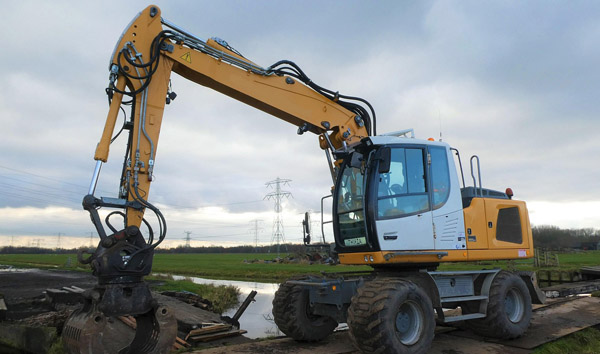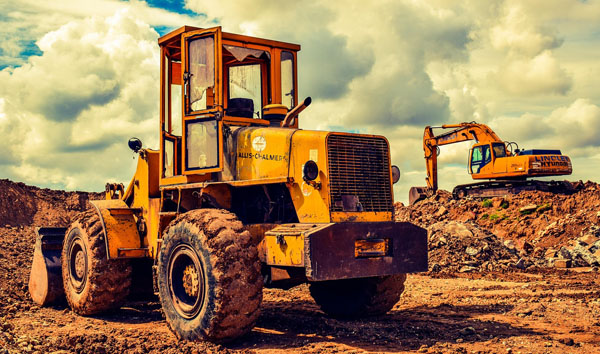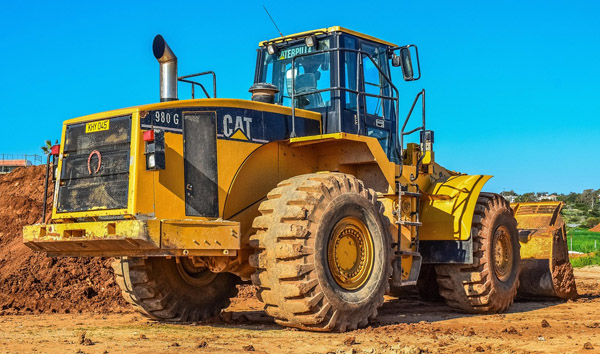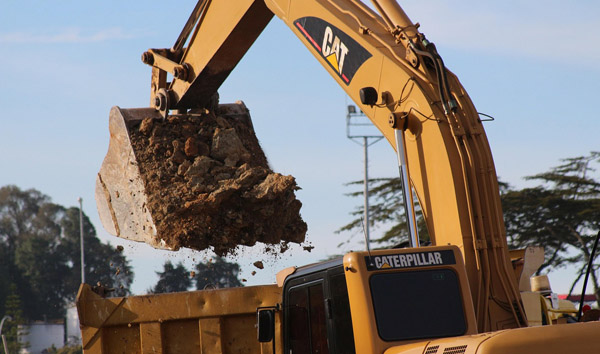The Future of Heavy-Duty Off-Road Telescopic Handlers in Construction
2025-07-23 03:30:32
The heavy-duty off-road telescopic handler has emerged as a cornerstone in modern construction, offering unparalleled versatility in challenging terrains. With lifting capacities exceeding 10,000 lbs and extended reach capabilities, these machines are designed to handle extreme loads while maintaining stability. Industry data indicates a 12% annual growth in adoption, driven by infrastructure projects and agricultural automation.
One of the key advantages of heavy-duty off-road telescopic handlers is their adaptability. Unlike traditional forklifts, these machines feature all-wheel drive and articulated steering, enabling precise maneuvering in muddy or uneven environments. Recent innovations include hybrid powertrains, reducing fuel consumption by up to 20%. A 2023 market analysis revealed that 65% of contractors prioritize telehandlers with advanced terrain response systems for off-road applications.
Safety remains a critical focus in the development of heavy-duty off-road telescopic handlers. Manufacturers now integrate AI-driven stability control and collision avoidance systems, reducing worksite accidents by 30%. Additionally, reinforced booms and load-sensing hydraulics ensure optimal performance under stress. Case studies from mining operations show a 15% productivity increase when using these telehandlers compared to conventional equipment.
Market projections suggest that the heavy-duty off-road telescopic handler segment will reach $4.2 billion by 2027, with Asia-Pacific leading demand. Governments investing in rural infrastructure are accelerating adoption, particularly in India and Southeast Asia. Meanwhile, North America remains a stronghold due to large-scale agricultural and construction projects requiring high-capacity lifting solutions.
Looking ahead, electrification and automation will redefine heavy-duty off-road telescopic handlers. Prototypes with autonomous navigation and zero-emission powertrains are already in testing, promising reduced operational costs and carbon footprints. As industries push for sustainability, these machines will play a pivotal role in shaping the future of off-road material handling.














